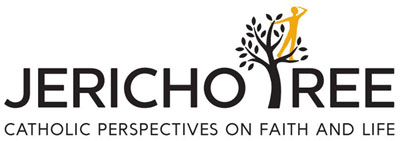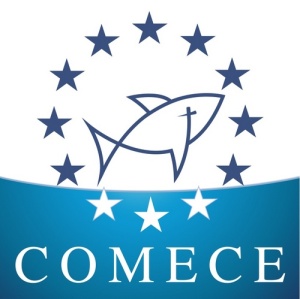EU’s religious freedom guidelines need improving in key areas
Among the bodies welcoming the publication of the EU’s new religious freedom guidelines are COMECE, the Catholic Church’ Brussels lobby (its statement is here), and the campaign group Christian Solidarity Worldwide (CSW; its statement is here). Both recognise that the 18-page Guidelines (download PDF here) give tools for better protection of religious freedom in the EU’s external dealings, and spell out precisely what those freedoms consist of.
COMECE has been calling for such guidelines for many years and offered their expertise to help make it happen, so that EU delegates and embassies (known as the External Action Service, or EEAS) grasp the importance of religious freedom and work to expand it. ”The Churches have always fully supported the increase of the EEAS potential in this regard”, says COMECE, “and encouraged the EEAS to develop a ‘Toolkit’ containing measures and instruments to counter religious freedom violations in the world”.
This is the tenth set of EU human rights Guidelines. During the Swedish EU Presidency in 2009, the EU adopted its first Council conclusions on Freedom of Religion or Belief, which were followed by Conclusions in 2011 as a response to violent incidents on religious grounds in the Middle East and Africa. The new Guidelines reflect the need for clearer policies in the EU’s dealings with those areas of the world.
The Guidelines advocate strongly for the right of religious freedom — to believe, worship and manifest belief — while at the same time refusing to recognise acts of violence or discrimination as justified expressions of religious belief.
But while they are unambiguous in their defence of the basic rights of religious liberty — to believe, to worship; to change or renounce a faith, to carry out actions which flow from faith, to employ those who will uphold the tenets of that faith, not to be coerced in the wearing of religious symbols, etc. — COMECE has identified that the Guidelines are weak in three major respects.
The first is their individualism. The Guidelines recognise that religious freedom as an “individual right which can be exercised in community with others”. But this fails to capture the collective dimension of religious freedom; there is no real recognition that Churches, not just believers, have rights. As COMECE notes: “EU institutions should ensure that it is not simply an individualistic interpretation of this fundamental right which is promoted but that this is also broadened out so as to fully include its social and institutional dimension.”
The second is that schools, not just parents, have rights. Paragraph 40 notes “the right of children to learn about the faith/belief of their parents, and the right of parents to teach their children in the tenets of their religion or belief”; but this falls short of the right of parents to send their children to schools shaped by those beliefs.
The third weakness concerns the contested boundary between the principle of non-discrimination and religious freedom, the cause of many of the disputes that have gone to Strasbourg in recent years. The reason for the tension is that modern western states are increasingly adopting ideological positions on sexuality in the name of non-discrimination, thus exposing those organisations which do not share the new orthodoxies to anti-discrimination lawsuits, or forcing them (as happened in the case of the Catholic adoption agencies in 2007) to close. The passage of the new gay marriage law will surely result in many similar cases.
The religious freedom guidelines are strong on the need to prevent discrimination in the name of religion, but show little awareness of the chilling effect of such laws: hence COMECE’s call for “a more balanced approach to the principle of non-discrimination with sensitivity to the impact the application of this principle might have on religious freedom.”
In any future review of these Guidelines, notes COMECE delicately, these three areas need to be looked at.
Tags: COMECE, religious freedom

















